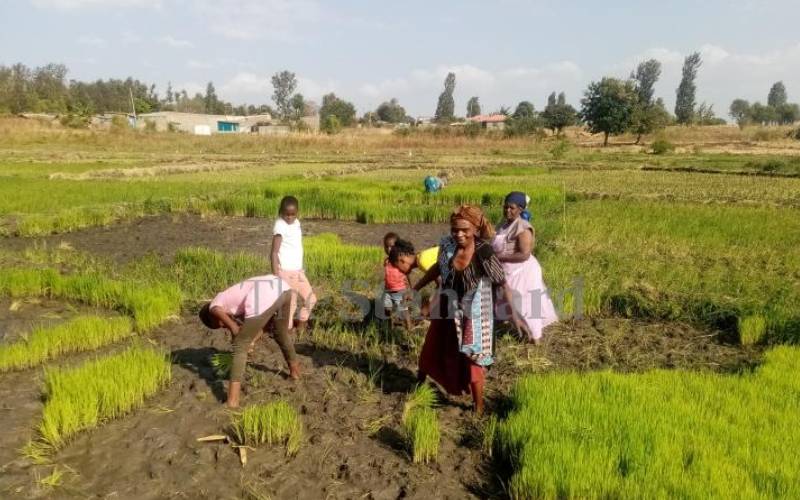
For close to 30 years, Perminus Muchira has been a eucalyptus tree farmer in his home village of Kirerema, Kirinyaga County. His interest in the trees has been waning over the past decade as he has observed a worrying trend on his farm.
The trees are locally known as minywa mae (water drinkers) due to their high water consumption trait, which has led to drying up of wetlands, springs and rivers. “I planted the eucalyptus but it got to a point they started destroying the soil here. Other plants and trees would not thrive in the middle of these eucalyptus plantations, and I considered replacing them,” he said.